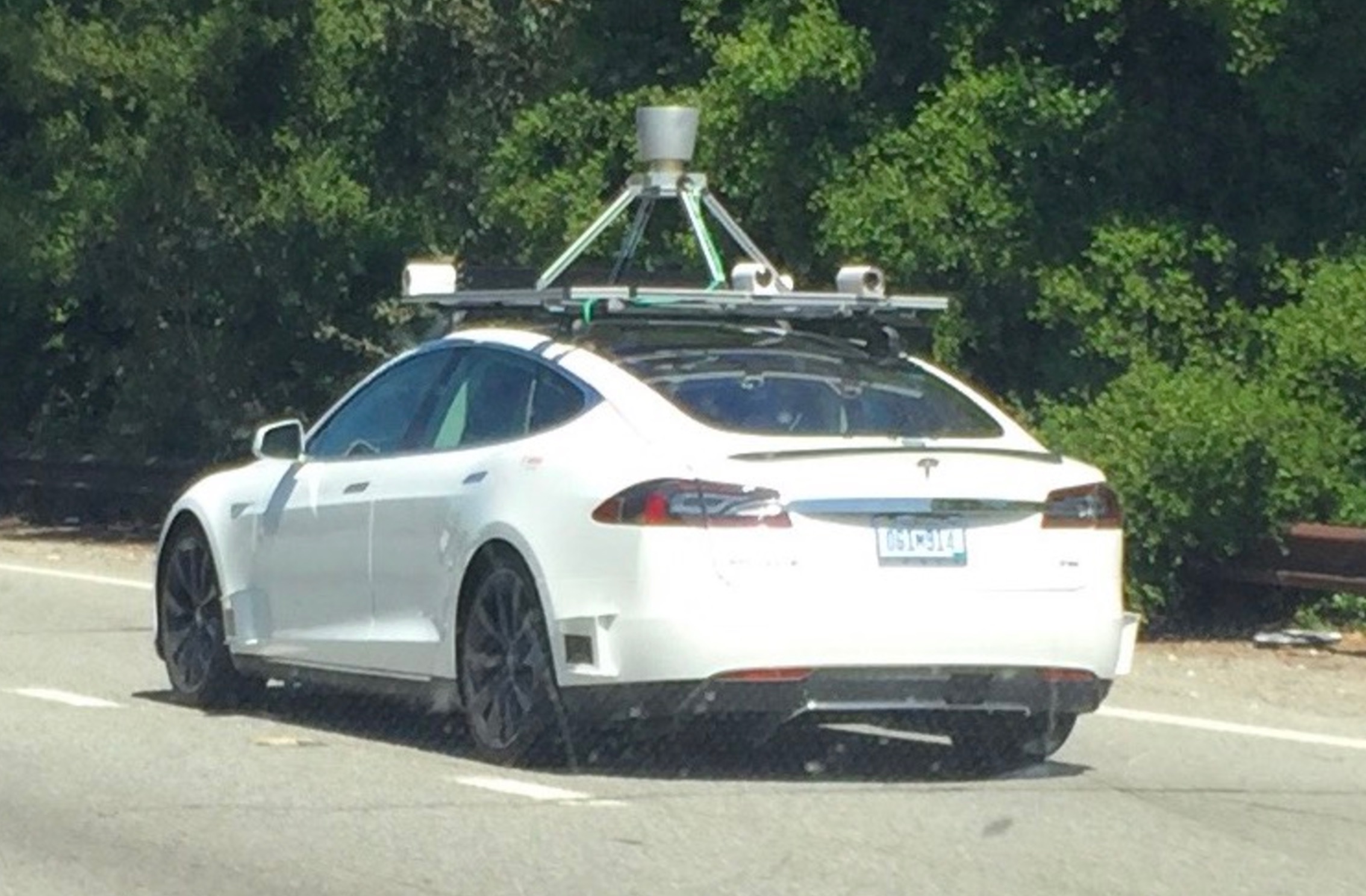It is wrong to simply count the number of vehicles, we need to look at how many miles per day they are driving on average.
Robotaxis and EVs are very likely to dominate all high mileage situations...
I don't include imaginary things in my financial modeling.
Right now RTs are largely imaginary.
By 2030 My hunch is around the following EV production numbers:-
- Tesla - 20 Million
- China - 30-40 Million
- VW - 5-10 Million
- Other European - 5 Million
- Japan - 5 Million
- Korea - 5 Million
Adding up my low end estimates - 70 Million EVs by 2030
Where you get enough battery production to go into those EVs from?
Why did Elon think 30 million for the entire industry by then was more likely (with indeed 20 million of em being Teslas).
What do you know about where the other 40 millions cars worth of EV batteries will come from that he doesn't?
That should at least double by 2040 to 140 Million per year.
...what?
You think Robotaxis will come and replace a lot of new car sales- but somehow total new car sales will also
double annually by 2040?
Why?
If we take 70 million by 10 years - that is 700 Million half of the ICE fleet gone by 2040 on fairly conservative numbers.
But you're not gonna have 70 million over those 10 years...and even if you did- that leaves you with the other 700 million on the road being ICE vehicles.
By that time I bet the majority of the rest of the ICE fleet spends most of the day sitting around in garages...
This seems as unlikely as all your other assumptions.
The two places that'll have the highest concentration of ICE vehicles at that point are:
Poor people who can't afford new cars.
They aren't going to have their 12 year old Civic "sitting around in the garage" because it's the only thing they have. Also they probably don't have a garage either.
and-
People in 3rd world nations where EVs will continue to have the lowest, and slowest, penetration rates- and people tend to keep anything running they can get their hands on, for as long as they can keep it running.
All those folks will still be driving those gasoline cars because they have nothing else to drive.
If you wanna tell me Norway will be 100% EVs and all gas cars off the road in 2040- sure, probably will be.
If you wanna tell me Nigeria- where they don't even
have electricity roughly half the day on average- will be I'd suggest you check you do some that first principles thinking folks are always talking about






